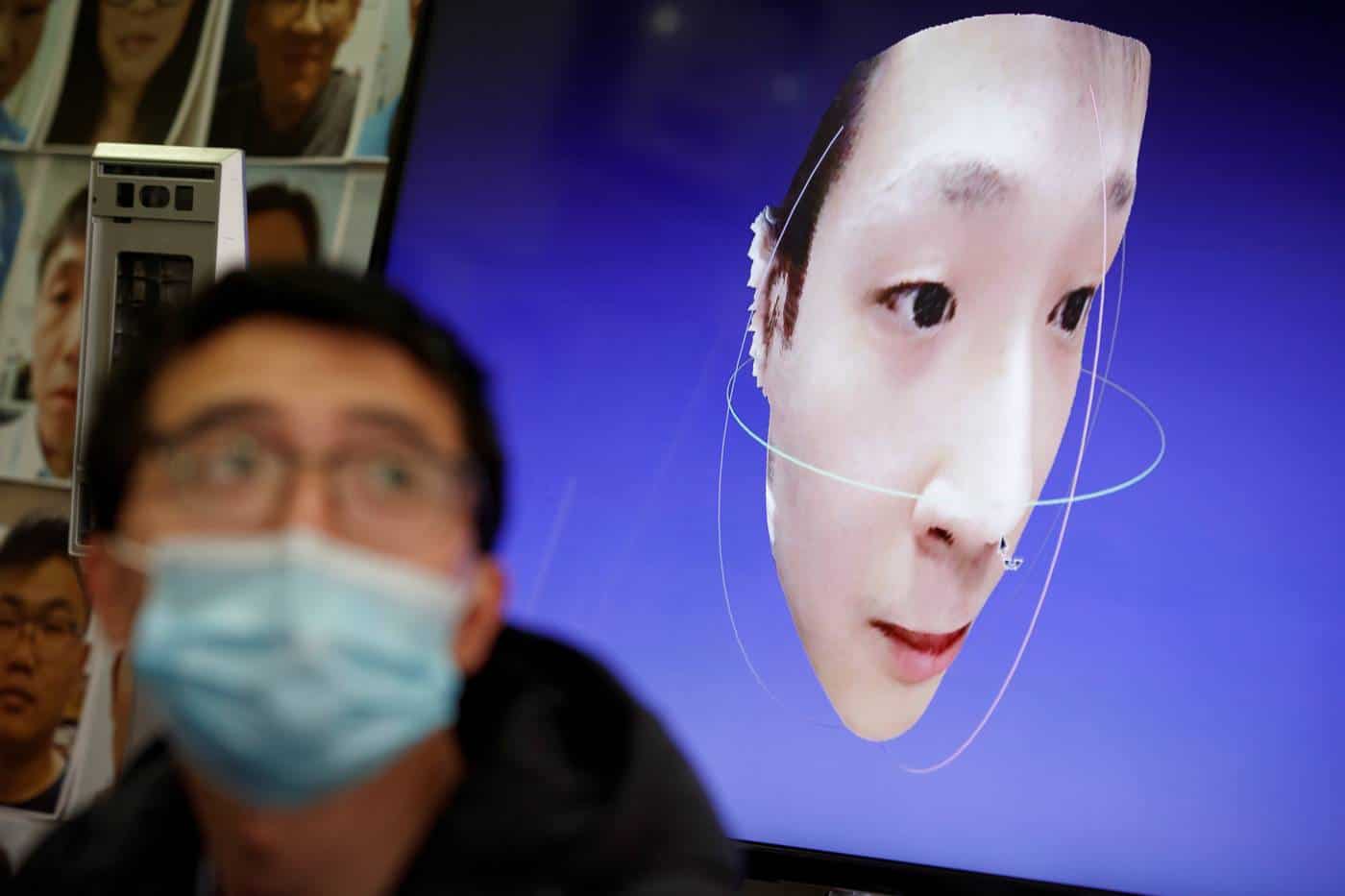Like the animated paintings that adorn the walls of Harry Potter’s school, a new online tool promises to bring portraits of dead relatives to life, stirring debate about the use of technology to impersonate people.
Genealogy company MyHeritage launched its “Deep Nostalgia” feature earlier this week, allowing users to turn stills into short videos showing the person in the photograph smiling, winking and nodding.
“Seeing our beloved ancestors’ faces come to life … lets us imagine how they might have been in reality, and provides a profound new way of connecting to our family history,” MyHeritage founder Gilad Japhet said in a statement.
Developed with Israeli computer vision firm D-ID, Deep Nostalgia uses deep learning algorithms to animate images with facial expressions that were based on those of MyHeritage employees.
Some of the company’s users took to Twitter on Friday to share the animated images of their deceased relatives, as well as moving depictions of historical figures, including Albert Einstein and Ancient Egypt’s lost Queen Nefertiti.
“Takes my breath away. This is my grandfather who died when I was eight. @MyHeritage brought him back to life. Absolutely crazy,” wrote Twitter user Jenny Hawran.
While most expressed amazement, others described the feature as “spooky” and said it raised ethical questions. “The photos are enough. The dead have no say in this,” tweeted user Erica Cervini.
From chatbots to virtual reality, the tool is the latest innovation seeking to bring the dead to life through technology.
Last year U.S. rapper Kanye West famously gifted his wife Kim Kardashian a hologram of her late father congratulating her on her birthday and on marrying “the most, most, most, most, most genius man in the whole world”.
‘ANIMATING THE PAST’
The trend has opened up all sorts of ethical and legal questions, particularly around consent and the opportunity to blur reality by recreating a virtual doppelganger of the living.
Elaine Kasket a psychology professor at the University of Wolverhampton in Britain who authored a book on the “digital afterlife”, said that while Deep Nostalgia was not necessarily “problematic”, it sat “at the top of a slippery slope”.
“When people start overwriting history or sort of animating the past … You wonder where that ends up,” she said.
MyHeritage acknowledges on its website that the technology can be “a bit uncanny” and its use “controversial”, but said steps have been taken to prevent abuses.
“The Deep Nostalgia feature includes hard-coded animations that are intentionally without any speech and therefore cannot be used to fake any content or deliver any message,” MyHeritage public relations director Rafi Mendelsohn said in a statement.
Yet, images alone can convey meaning, said Faheem Hussain, a clinical assistant professor at Arizona State University’s School for the Future of Innovation in Society.
“Imagine somebody took a picture of the Last Supper and Judas is now winking at Mary Magdalene – what kind of implications that can have,” Hussain told the Thomson Reuters Foundation by phone.
Similarly, Artificial Intelligence (AI) animations could be use to make someone appear as though they were doing things they might not be happy about, such as rolling their eyes or smiling at a funeral, he added.
Mendelsohn of MyHeritage said using photos of a living person without their consent was a breach of the company’s terms and conditions, adding that videos were clearly marked with AI symbols to differentiate them from authentic recordings.
“It is our ethical responsibility to mark such synthetic videos clearly and differentiate them from real videos,” he said.

